John Muir Award: Doing your bit for conservation
The John Muir Trust, a charity set up to protect wild places, takes its name from the pioneering conservationist John Muir, a Scottish born American who believed in preserving wilderness.
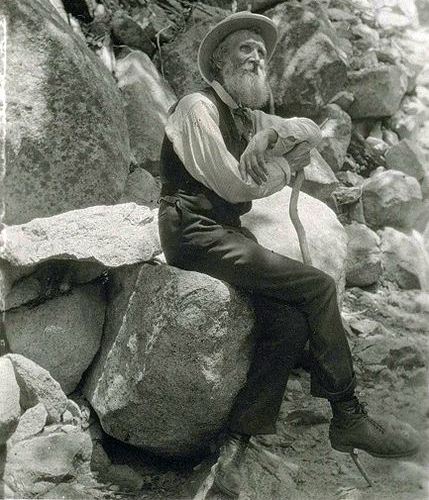 Image: By Francis M. Fritz [Public domain], via Wikimedia Commons
Image: By Francis M. Fritz [Public domain], via Wikimedia Commons The Award
The John Muir Trust, a charity set up to protect wild places, takes its name from the pioneering conservationist John Muir, a Scottish born American who believed in preserving wilderness. This charity has an environmental award scheme to encourage individuals to do their bit to conserve wild places; the John Muir Award.
In 2011 one of my colleagues, Colette Blythe, and I decided to work towards a John Muir Award at the Conserver Level which requires you to work for 20 days on a project over no less than 6 months. There are three levels of award; Discovery, Explorer and Conserver and these are based on how much time you wish to spend on your project, starting at 4 days. To gain a John Muir Award you must successfully complete four challenges; discover a wild place, explore its wilderness, take personal responsibility to conserve and share your experiences.
Discover
Our inspiration came from a disused bird hide which once overlooked a pond on the Crathes Castle Estate in Aberdeenshire. The hide itself had been built around 20 years ago and since this time the open water in front of the hide had silted up and become a well-established reed bed. The hide was still structurally sound but no longer in use; it seemed such a waste of a fantastic resource for people to come and view the birds and other wildlife found on the estate. So, with this in mind we set upon improving the habitat around the hide, improving access and creating a mosaic of habitats to increase biodiversity.
Explore
Having discovered our wild place the next challenge was to explore it. We carried out bird and vegetation surveys, as well as examining biological records for the area. We also roughly mapped out the reed bed in front of the bird hide to see what potential there was to create a pond. Further exploration of the surrounding area led to the idea of including an artificial otter holt in a quieter space; it could be viewed from the bird hide but with very little disturbance from the passing public.
Having made an assessment of the area, a plan began to take shape and we noted the changes that we would want to see throughout the practical conservation work that would follow.
In the next two articles we will talk about the practical conservation work that was carried out and the role of ponds as an important habitat.

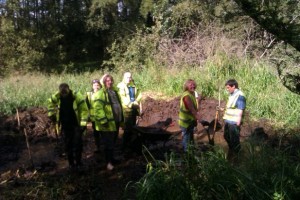
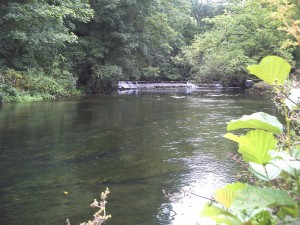
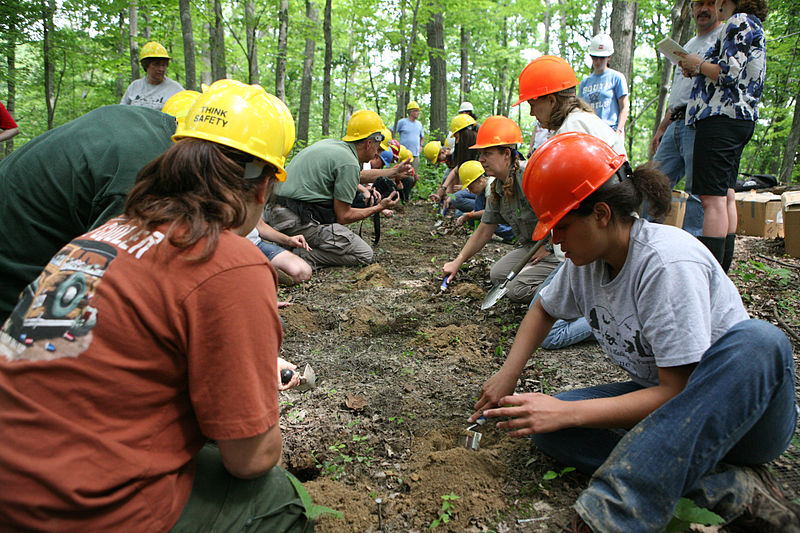
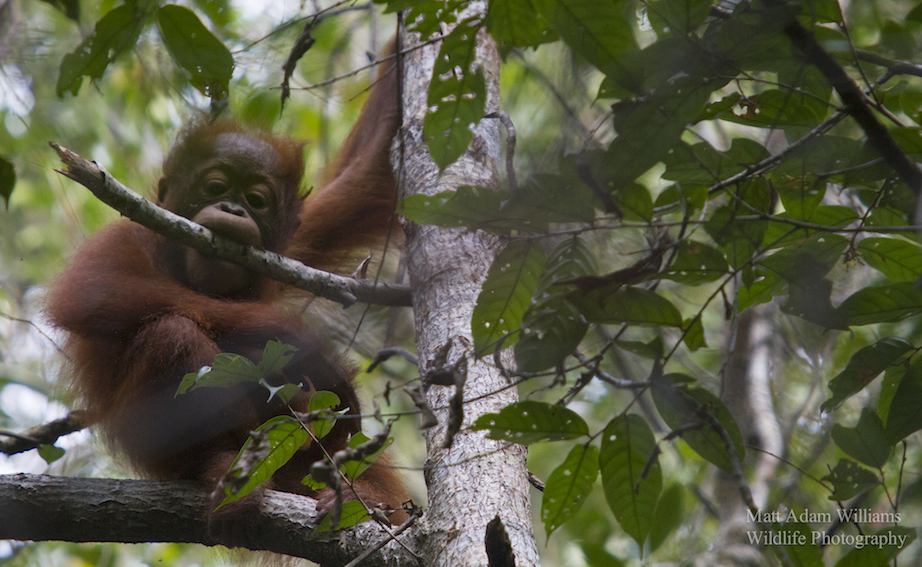
No comments yet.